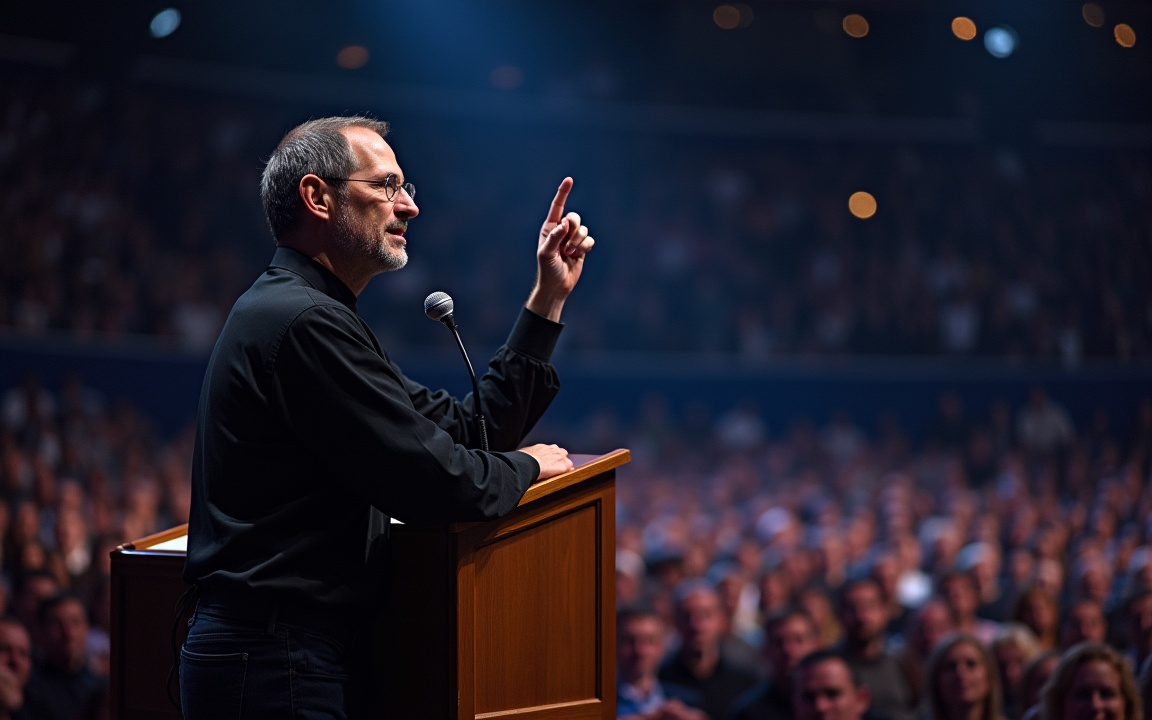Apple’s (NASDAQ: AAPL) journey from a product-first disruptor to a capital-return powerhouse has been one of the most dramatic transformations in corporate history.
Under the visionary entrepreneur, Steve Jobs, the multinational was synonymous with invention – a company that built its valuation on breakthrough products.
Under his successor, Tim Cook, however, Apple Inc has become a financial juggernaut – returning more than $600 billion to shareholders through buybacks and dividend payments.
The strategy shift has rewarded those invested in AAPL shares handsomely, but it has also sparked debate about whether Apple’s innovation engine is slowing – and what that means for its future.
Jobs wanted products to drive Apple stock price – not payouts
In 2010, Apple had amassed over $40 billion in cash, prompting legendary investor Warren Buffett to suggest the company consider dividends or buybacks.
But Steve Jobs declines – famously believing that “great products create great stock prices.” His philosophy was rooted in reinvestment and long-term vision, not financial engineering.
Jobs prioritized design, user experience, and category-defining launches like the iPhone and iPad. He viewed capital returns as a distraction from Apple’s core mission: to invent.
That ethos kept Apple Inc focused on building what hadn’t been imagined yet – not just optimizing what already existed.
And it resulted in an incredible 130x increase in its market value between late 1980 – when Apple stock listed on Nasdaq – and August 2011, when Steve Jobs resigned.
Tim Cook has a different playbook for AAPL stock
Two years after Jobs’ passing, Tim Cook announced Apple’s first dividend and buyback program, a $45 billion plan that’s since ballooned into the largest capital return initiative in corporate history.
Cook’s Apple is operationally lean, supply-chain optimised, and shareholder-friendly. The firm has led global charts in stock buybacks, boosting earnings per share and supporting its valuation.
While the giant has launched successful products under Cook as well – including the Apple Watch, AirPods, and M-series chips – critics argue that the pace of groundbreaking innovation has slowed.
The shift from invention to optimization has made Apple more predictable, but perhaps less daring. Since late 2011, the company’s market value has inflated nearly 20 times.
As evident, AAPL stock has continued to offer exceptional returns under Cook’s leadership as well – but they’re nowhere near as strong as Jobs’ innovation-first approach delivered.
Soaring share price, slowing innovation – can momentum hold?
Apple’s market cap is now approaching $4.0 trillion – a testament to its brand strength, ecosystem lock-in, and financial discipline.
For investors, the ride has been rewarding. But beneath the surface, questions linger. Siri continues to lag behind rivals, and Apple’s artificial intelligence (AI) strategy remains opaque compared to peers like Google and Microsoft.
As generative AI reshapes consumer tech, the titan’s relative silence is notable. If innovation stalls and competitors leap ahead, how long can financial engineering alone sustain momentum?
Jobs built Apple to invent. Cook built it to reward. The difference is subtle, but increasingly visible.
In a market increasingly characterized by AI-led disruption, it may be Jobs’ invention-first ethos – not Cook’s optimization playbook – that holds the key to unlocking the next wave of aggressive upside for AAPL shares.
The post Tim Cook adopted a strategy Steve Jobs opposed: Here’s how it has fared for Apple stock appeared first on Invezz

